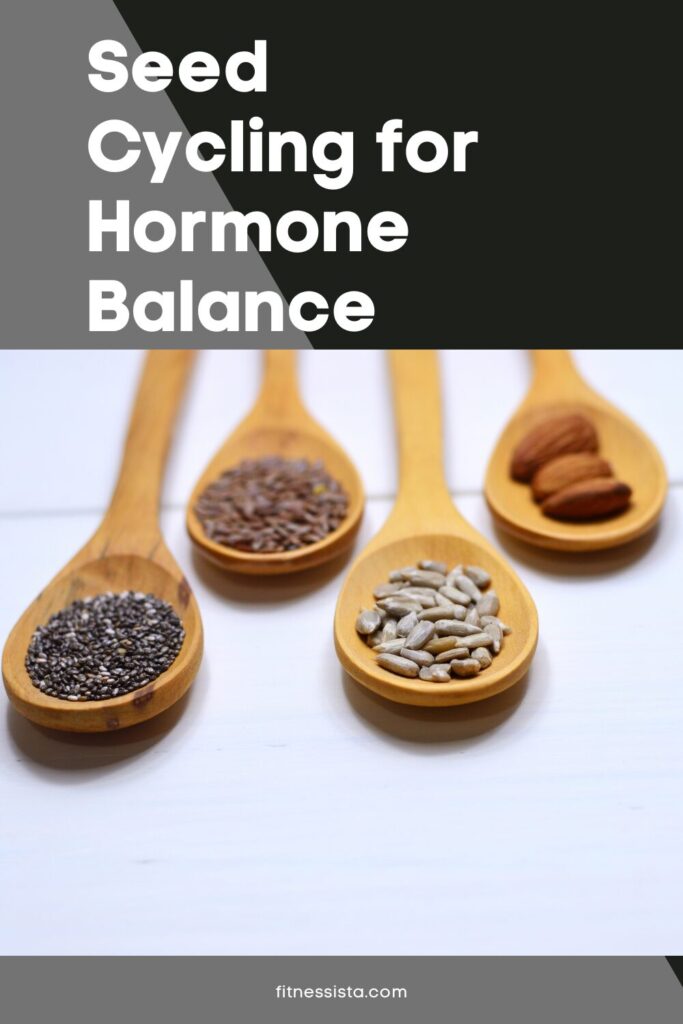Learn how seed cycling supports hormone balance naturally. Discover which seeds to eat, when to eat them, and how to start this simple daily ritual. Not medical advice; just sharing some tips and as always, talk with your doctor before making any changes in your routine.
Hi friends! How are you? I hope that you’re having a lovely morning so far! Don’t forget to check out this year’s holiday guide gift for her. I had so much fun putting this one together!
Today, I wanted to talk about a natural hormone support strategy that’s been gaining popularity over the past few years: seed cycling!
It’s one of those gentle, food-based strategies that’s been trending in women’s wellness for good reason: it’s simple, inexpensive, and can make a noticeable difference in how you feel throughout your cycle.
Today, I wanted to chat a bit about what seed cycling is, how it supports hormone balance, and how to get started, including tips on what seeds to use, when to eat them, and how to make this an easy part of your routine.
Seed Cycling for Hormone Balance: What It Is and How to Start

What Is Seed Cycling?
Seed cycling is a natural practice that uses specific types of seeds to support the two main phases of your menstrual cycle: the follicular phase (first half) and the luteal phase (second half).
Each group of seeds contains nutrients that can help encourage healthy estrogen and progesterone levels, which are two of the key hormones that fluctuate during your cycle. By rotating the seeds based on your cycle phase, you’re providing your body with a steady rhythm of hormonal support.
Seed cycling can also be beneficial for women who are experiencing irregular cycles, perimenopausal changes, or symptoms of hormone imbalance like mood swings, acne, PMS, or fatigue.
How Seed Cycling Works
The idea behind seed cycling is that different seeds provide nutrients that naturally help balance hormones throughout the month:
During the Follicular Phase (Days 1–14):
Flax seeds and pumpkin seeds are used.
These seeds contain lignans and zinc, which can help support healthy estrogen metabolism and follicle development.
Flaxseeds also contain fiber and omega-3 fatty acids that can support detoxification and reduce inflammation.
During the Luteal Phase (Days 15–28):
Sesame seeds and sunflower seeds are used.
Sesame seeds provide zinc and lignans that help prevent estrogen dominance, while sunflower seeds are rich in selenium and vitamin E to support progesterone production and overall hormone balance.
If you’re not menstruating or your cycles are irregular, you can simply follow the moon cycle: start flax and pumpkin on the new moon and switch to sesame and sunflower on the full moon.
Benefits of Seed Cycling for Hormone Balance
While seed cycling isn’t a magic cure-all, many women report meaningful benefits when they stay consistent.<